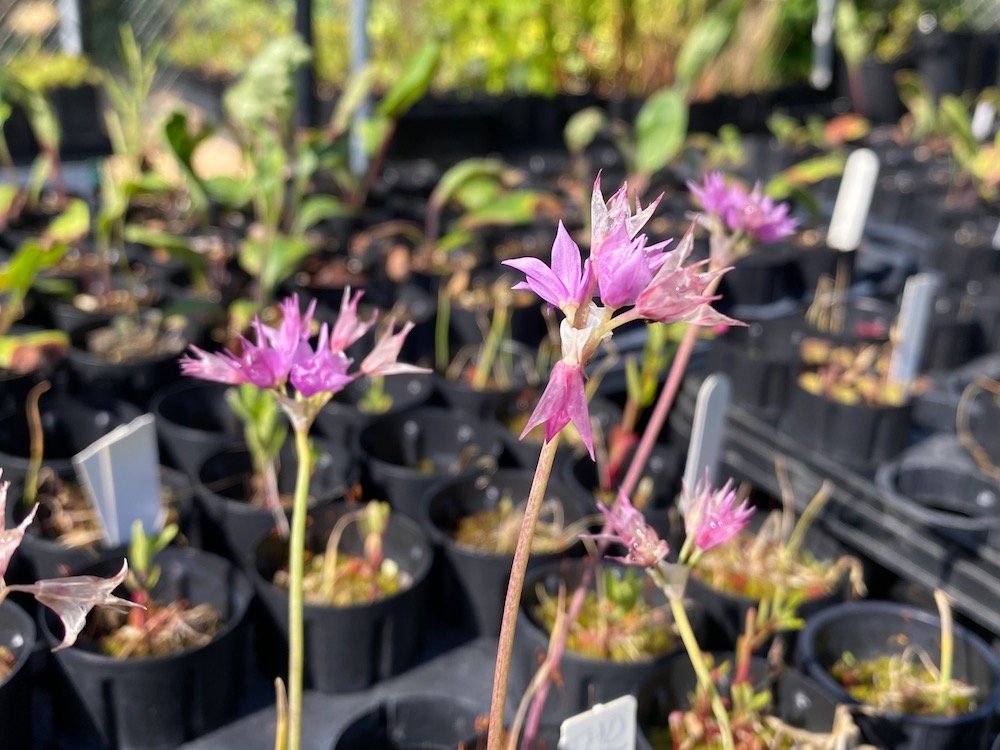Native Plant of the Month: Yerba Buena
Have you ever encountered a fresh, minty aroma while hiking in the hills or walking through an oak woodland? You may have smelled yerba buena (Clinopodium douglasii), a dainty, bright green native mint commonly found crawling along the forest floors of the Bay Area. In the garden it forms a lush groundcover, and it can be used to make tea or to season food.
About Yerba Buena
Yerba buena, which means “good herb” in Spanish, is a member of the mint family, native to the Pacific coast of North America. Its leaves exude a unique mix of aromatic oils that varies based on the genetics and growing conditions of each individual plant. Every yerba buena you meet will smell slightly different, with some having an intense icy scent while others are milder.
Indigenous Importance of Yerba Buena
Native people across California have incorporated yerba buena in their food and medicine since time immemorial. Known as tawriSmin in the local Mutsun language, it is traditionally used by Ohlone people to treat toothaches and intestinal parasites, and it continues to feature in modern Ohlone cuisine. At home, you can steep fresh or dried yerba buena leaves in water to make a refreshing tea or use it as a seasoning or fragrance.
Note: When foraging for yerba buena, only pick from plants where you know you have permission, either on your own property or with permission on a friend’s property. Foraging in many open spaces is not allowed. Only eat from plants that you have confidently identified and know are edible.
Growing Yerba Buena at Home
Yerba buena is a sprawling groundcover that grows no more than a few inches high. If planted in a shaded or partly shaded location and given a little extra water in summer, its small, rounded leaves will stay green year-round. It does great with other understory groundcovers such as woodland strawberry (Fragaria vesca) and yellow stonecrop (Sedum spathulifolium).
As yerba buena grows, its thin stems creep along the soil and take root, allowing the plant to gradually spread into a verdant mat of aromatic foliage. But don’t worry—unlike the common garden mint, yerba buena is easily controlled by clipping back any unwanted stems. You can even propagate the cut stems by laying them flat and partially burying them in some perlite or potting mix, making sure to keep them cool and moist until they take root.
Where to Find Yerba Buena and Other Native Plants
Our nursery grows native plants like yerba buena using seeds and cuttings carefully sourced from local watersheds. See our latest inventory for online sales here:
By Stanley Gu, Ecologist




